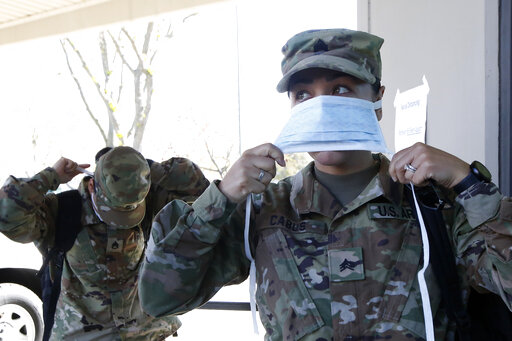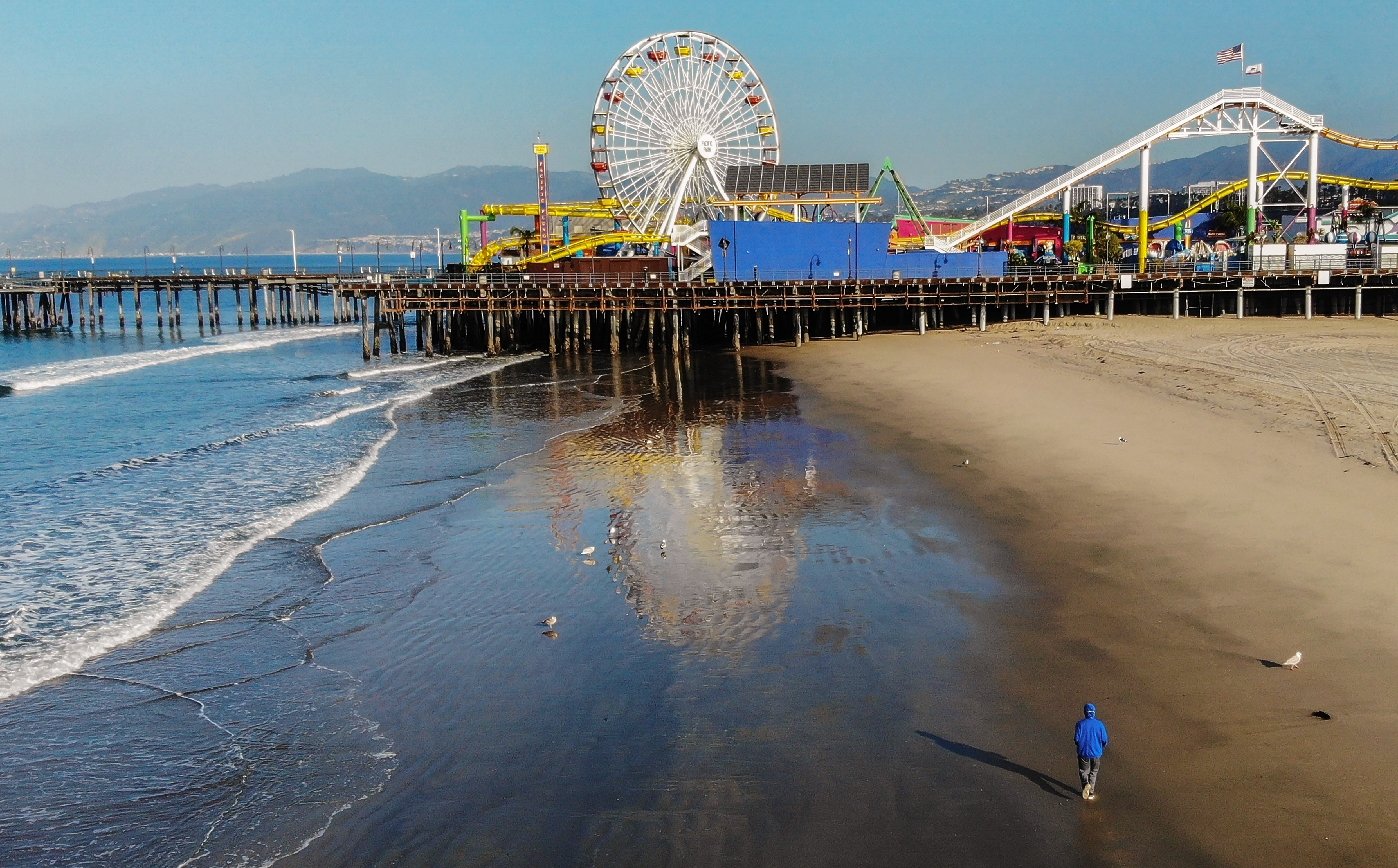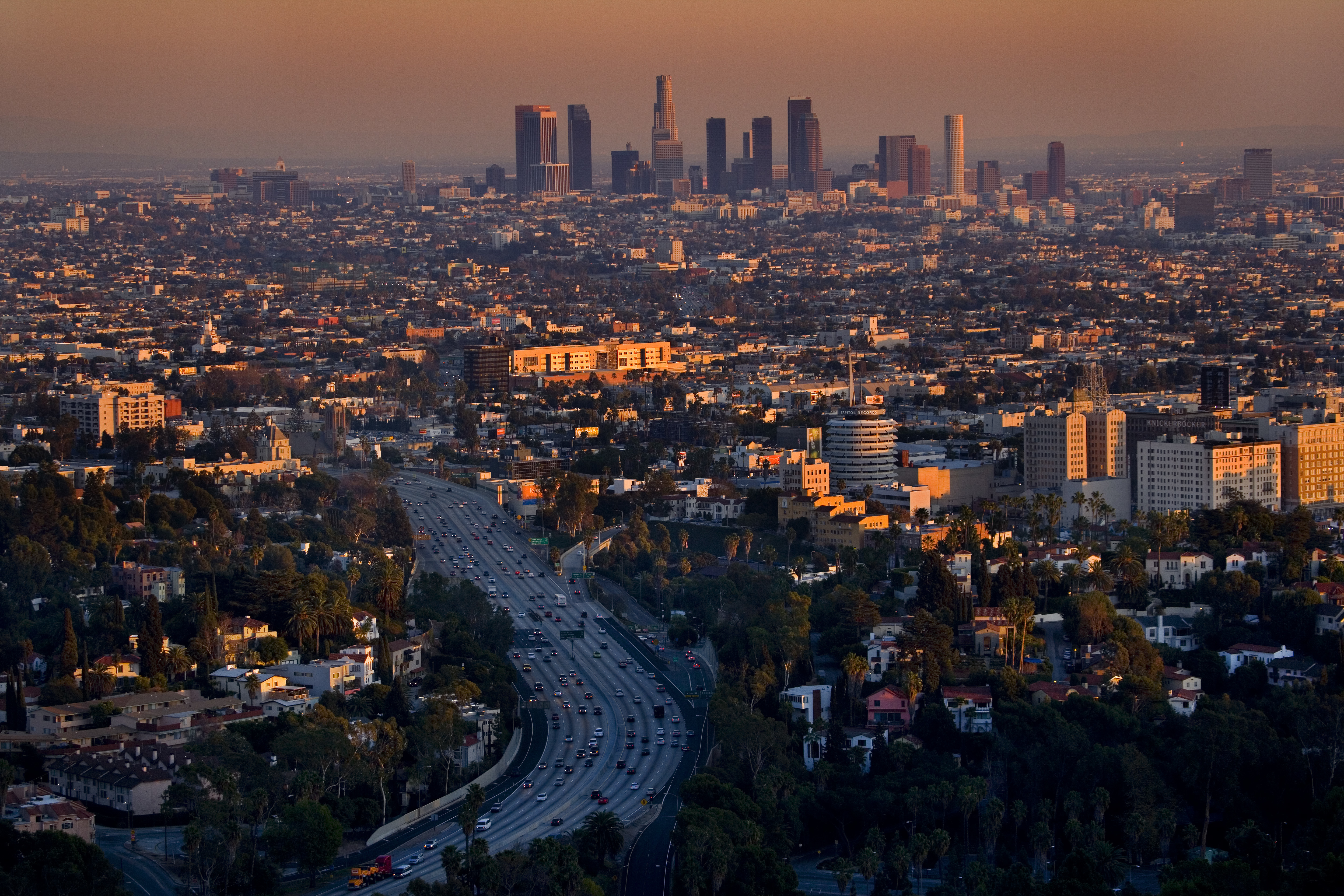
Recent rains and now rising temperatures will promote fuel growth throughout California, adding up to an explosive fire season.
But while firefighters focus on the national emergency, there is another deadly danger ready to spread – wildfire. Wildfire season is around the corner, and COVID-19 creates even more challenges for the fire service, requiring our communities’ help and cooperate more than ever.
Unfortunately, the COVID-19 pandemic has necessitated the postponement of multi-agency wildfire drills and training, prescribed burns, community awareness meetings and mitigation inspections. This could not come at a worse time as we round the corner into what will likely be one of our most dangerous wildfire seasons yet.
Depending on how long this pandemic lasts, we could be behind the curve in our preparation and mitigation efforts. There are some things you and your agency can do now to help prepare for this year’s fire season.
Here are a few simple things you can start with:
- Meet up: Have your first-in mutual-aid agencies tour your wildland-urban interface (WUI) area. You don’t need to get out of your rig. First, identify a staging location, set a date and time, and have the engines and battalion and division chiefs report to the staging location. Stay in the rigs. Obtain a tactical frequency for training and drive through your first-in wildfire threat zones with mutual-aid agencies. Identify all hazards and areas of concerns as well as staging locations, helispots, safety zones, access/egress, narrow streets etc. This wildland training bulletin from FIRESCOPE offers wildland training ideas to get you started.
- Take photos: Take photos/videos of your WUI to share with second/third-in agencies via Skype/Zoom. If they can’t come to you, bring it to them.
- Focus on wildland pre-attack plans: It’s time to develop or update your pre-attack plans. Make sure to include staging locations; identify target hazards, such as power lines/chutes/chimneys, one-way and narrow streets, heli-spots, temporary/long term base camp locations, command post locations, hospitals, etc.; and share these plans with your mutual-aid agencies.
- Engage in hands-on training: Find an abandoned home on which you and your crew can practice structure protection training.
- Start community PSAs now: Preparedness is key. The sooner you get out in front of the public, the better the cooperation. Don’t wait until the last minute. CAL FIRE offers a good place to start.
- Contact the media: Contact your local news, both print and televised, to help get the word out of your preparedness campaign. The U.S. Fire Administration offers some tips for working with the news media.
- Check your policies: Ensure your agencies wildland policies are up to date and share them with surrounding agencies.
- Provide support: Ensure your personnel have emotional and wellness support available to them.
- Connect with partners: Work with local and regional vendors for food/water/supplies. Many companies/corporations are stepping up and willing to assist during these times.
- Train – online: That’s right, train, train and train some more! Every agency has specialist. Find a specialist in your agency or a neighboring agency to provide distance learning training. Use Skype/Zoom and other ways to discuss strategies with neighboring agencies.
- Work with outside agencies: Make sure you incorporate your local law enforcement, Red Cross, public works, parks department, hospitals and merchants in your wildfire plans. The more prepared everyone is, the smoother the incident will flow.
- Include key stakeholders: Incorporate your city manager, local, state and federal elected officials as well as department heads within your community. Do you have plans in the event your EOC needs activation?
- Keep the community informed: They need and want to know what you’re doing to protect them from both COVID-19 and wildfires!
- Consider medical needs: Do you have medical screening available for your personnel and surrounding communities?
There are many other questions to consider:
- What about base camps? Base camps host approximately 1,000 firefighters. This will contribute to the spread! No social distancing here!
- What are your evacuation locations for the public? Will they be safe if COVID-19 still exists?
- What if homeowners can’t afford to clear hazardous vegetation from their property? Do you have a way to assist them financially?
These are just a few questions to consider. Get together with those in your agency and add to the list above. After all, we preach preparedness as key in mitigating disasters. We too need to prepare now; it’s our responsibility.
Photos: What to Keep in Your Disaster Emergency Kit
Fail to Plan or Plan to Fail
With a wildfire, once the forward progress is stopped, the threat remains high. Hot spots and embers can reignite unburned fuel, and just like that, we’re back to significant spread. The same is true of COVID-19. We may flatten the curve and reduce the spread, but the threat remains until it is completely contained with no threat of re-ignition.
And while this is happening, we can’t lose sight of wildfire preparedness.
This can be the start for you and your organization.
Take some time to prepare now, as we’re in it for the long haul. As they say, “fail to plan or plan to fail!”
Sam DiGiovanna is a 35-year fire service veteran. He started with the Los Angeles County Fire Department, served as Fire Chief at the Monrovia Fire Department and currently serves as Chief at the Verdugo Fire Academy in Glendale.




